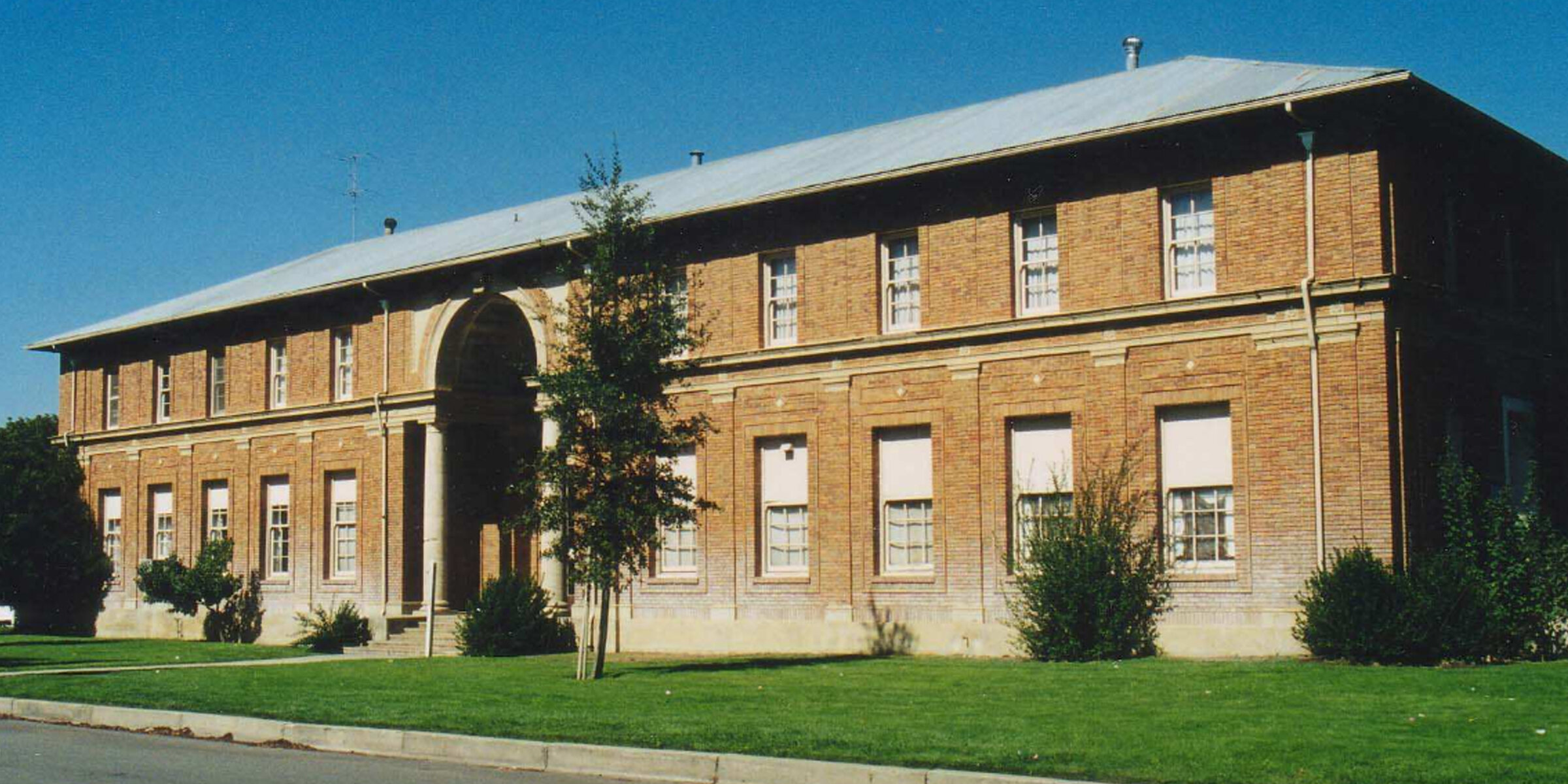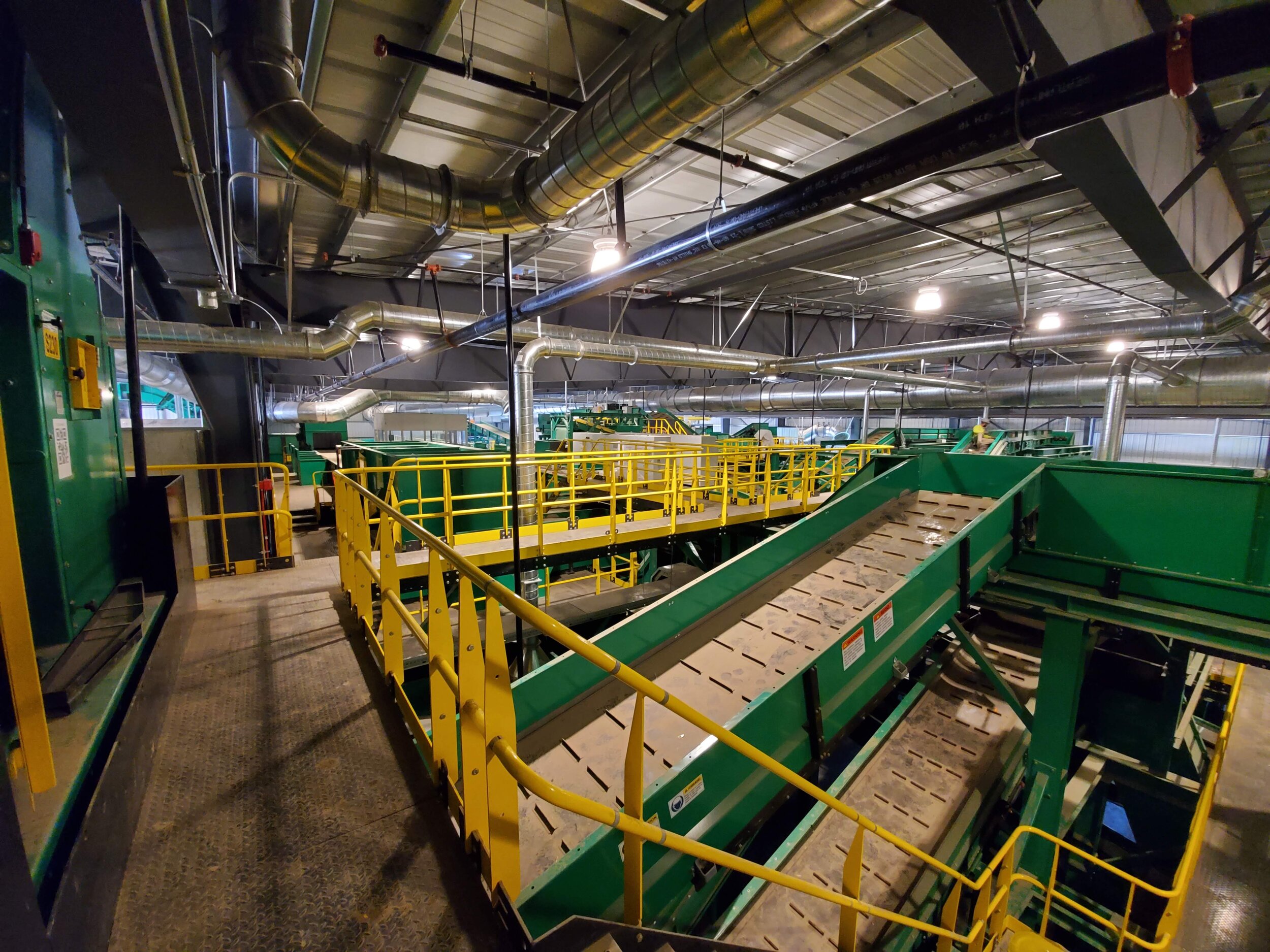#252 - INTRO TO THE STRUCTURAL ENGINEER with Randy Collins, S.E., Founder & Principal of FTF Engineering, Inc.
SUMMARY
This week Randy Collins S.E., Founder and Principal of FTF Engineering, Inc. joins David and Marina of FAME Architecture & Design to discuss the role and responsibilities of the structural engineer, designing structures to withstand earthquakes, the limitations of the buildings code’s structural requirements, hiring an engineer, working with architects, creating value for clients, and more.
ABOUT RANDY
Randy founded FTF Engineering, Inc. in 2002, determined to provide excellent engineering and exceptional service for clients in the greater San Francisco Bay Area. He is passionate about design and committed to pushing the boundaries while developing systems that are efficient and economical to construct. He is dedicated to educating clients and building officials about seismic safety and engaging project stakeholders while delivering best in class structural engineering solutions serving the context and objectives of each project.
Over 19 years, Randy has grown FTF from a sole practitioner office to the current 20-person firm with offices in San Francisco and San Luis Obispo by focusing on client satisfaction, project success, fostering a supportive, diverse company culture and investing in mentorship and continuing education.
Randy is active in serving various professional and community organizations.
HIGHLIGHTS
TIMESTAMPS
(00:00) Randy gives an introduction to his background, FTF Engineering, his diverse portfolio, and why he became a structural engineer.
“We love doing high-end houses, they’re really creative. My structural engineering friends who do skyscrapers have said, “Those houses you do are harder than our skyscrapers because our skyscrapers are a floor plate 50, 60, 70 times over.” There’s nothing to it. With these houses, the architects are like, “I know the wall is up there above, but we’re going to do a great big media room down in the basement.” Money is no object and all the floors have to be 12 inches thick. It’s fun. It’s exciting, but in terms of making the world a better place, at some point, I want to do something else also whether it be more affordable production housing work or something else.” (11:14)
(13:10) Defining the role of the structural engineer on a building project and the limitations of structural engineering.
“If you wanted to build something, whether it was a home or an office, you’re probably going to start by talking to either a contractor or an architect. With a contractor, you’re going to say, “Hey, I want to build something. You’re a contractor, you build stuff.” The contractor is probably going to turn you on to an architect pretty quickly because the first thing is, “Well, what do you want to build?” “I want to build a house.” “Well how big of a house, how many bedrooms do you want?” I remember one of the first remodels I did that was really big and they specifically wanted one big bathroom for their three kids and I thought, “That’s bizarre. Why are you cheap?” It turned out that they wanted one bathroom for their three kids because they wanted their kids to be together. They wanted their kids to have to negotiate. And I was like, “That is really thoughtful.” So you start with an architect, and then depending on how routine of project you might have, or unique, or complex it is, that architect is going to bring in a structural engineer at some point.” (13:26)
Randy cites a quote on the definition of structural engineering: “Structural engineering is the art of building materials we do not fully understand into shapes we cannot precisely analyze so as to withstand forces we cannot really assess in such a way that the community at large has no reason to suspect the extent of our ignorance.” (16:04)
(19:26) When to hire a structural engineer in the building process. How a good structural engineer can lead to a better building and lower project costs. The limitation of the building code’s structural requirements.
“There is a pervasive notion in the conscience of the general public that structural engineering is a commodity. […] If you compare us to other structural engineers whose fee is half, then you’re getting half. I’ve said, “I can draw the building for that, but I’m not going to do any engineering. And by the way, you’ll still get a permit. I’ll just make everything so big that I know it’ll work and you’ll spend an extra $50k, $150k, or $250k in construction. And with engineers in our price range, it’s not that I’m just going to make things skinnier… I’ve seen the work product of engineers whose fees are significantly lower than ours and they also don’t connect the dots. For example, a moment frame in a retrofit that actually did not properly connect to the building and it’s a decorative moment frame. It’s not going to do what it’s supposed to do. Then there’s the perception that well the building department is there to keep us safe… but the building department has no liability. If something happens, they have no liability.” (22:58)
(25:45) Designing buildings for earthquakes. Randy shares a story about designing the foundation of a home located directly on the San Andreas fault line.
“With the wind design, we take the wind pressures we actually think are going to be imparted on the building, and we are dieting for those. With seismic, depending on the system, we might take the earthquake forces that we think are agents or happen on the building and divide them by eight and then design the building. This is because of the crumple zones. We’re going to design the building, but we’re going to damage in such a way that the occupants are safe.”
(44:50) The contradiction of relying on math and calculations to engineer a building.
“This is really an overreliance on the math, on the software, on the spreadsheets, and not really understanding what the implications of this math. […] The numbers and doing the calculations… that’s how we’re raised as engineers is doing math, so it’s like our security blanket […] and there’s a time for that, but there’s also stepping back and looking at the answer.” (49:21)
(51:26) Randy gives reasons why clients should hire an architect and answers the question, “Is a structural engineer legally required for all projects?”
“When people think they’re going to save by not hiring an architect, I’m sort of like, “Save what?” Just because a contractor can build things and I can do math, why would you not want someone at the table who has studied and practiced proportion and theme and variation?” (52:12)
(58:30) Crumple zones, structural redundancy and importance factors, and engineering buildings for different disasters.
(01:17:40) The average cost of the structure of a building.
“The structure of a building typically costs about 20% of the total construction cost. If you’re doing high-end residential that number can get out of hand because when you go from $1,000 to $1,500 a square foot that’s not because of more structure that’s because of finishes and other things. We can build a building that has significantly better seismic performance for 10%-20% more, but that’s 10% more on 20% of the construction cost, so it’s like 2% more.” (01:17:40)
(01:19:05) Do engineers specialize by project type or different structural systems? Hiring an engineer with the right experience.
(01:24:11) The most challenging part of being an engineer and computer 3D modeling in engineering.






















